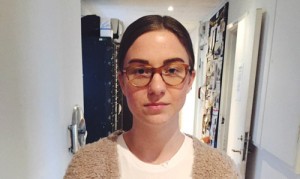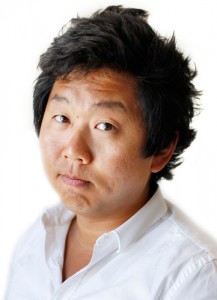New statistics show that Swedish news do not represent the country’s whole population. But the Journalism programme at Lund University is working hard at levelling out the differences.
The organisation Equalisters recently published a statistical report about who the Swedish media are representing. The analysis contains 2 400 articles, chosen at random from twelve large news sites.
According to the findings, about 70 percent of everyone seen in the news are men – and less than 9 percent have origins outside of the Nordic countries.
“I am acutely aware of these numbers and it is remarkable that they are changing at such a slow pace. It has looked like this for decades”, says Mia-Marie Hammarlin, Senior Lecturer at the Journalism programme at Lund University.
Certain sub-courses at the University
Many future journalists are shaped at university, so the programme works actively with equal representation of the population.
At Lund University, the Journalism programme contains certain sub-courses (that together amounts to 15 credits) covering gender, ethnicity and diversity.
“It is deeply rooted in the programme. Everyone on the teaching staff are aware of the subject’s importance and have pursued these questions further. This, in turn, becomes evident in our bachelor students, where a remarkable number of them have chosen a gender or diversity perspective for their essays”, says Mia-Marie Hammarlin.
Routines and habits might be the reason
Mia-Marie Hammarlin has herself written books about gender within journalism, and she explains interview-situations where a journalist turns to a specific group of people might amongst other things be because of routines and habits.
“The expression genusslentrian (translated approximately to gender routines and/or habits) is applicable when it comes to men and women. There are no ulterior motives really, it just happens because it has to be quick. It is not a defence, but maybe an explanation”, she says.
Lovisa Olai is a student at the Journalism programme and she thinks that there is always room for improvement.
“In our course literature for the academic part, which includes about 40 articles and books, only five to ten are written by women. It is something that we, the students, complained about – and now they have added more female writers to the list. But we had to keep pushing”, she says.
“We are very grateful for students who are aware. We listened to the critique and added another ten titles with female writers to the list”, says Mia-Maria Hammarlin.

Pleased with clear lecturers
The journalistic education is divided into one academic and one practical part, and Lovisa Olai is pleased with the lecturers on the practical part.
“Our lecturers are very clear when teaching us that we need to have a diversity perspective in our work. Not just pick people to interview because of routine or habit. In that way it is good”, she says.
Is there anything that could be improved?
“Well now the course literature has been fixed, which is good. But generally speaking, this should have been brought to attention earlier, you should not wait until the students start to speak up”, says Lovisa Olai.
Andreas Mattsson is a lecturer at the journalism programme. When educating new journalists at the university, he wants to push for the importance of this issue and make it clear for the students, not just telling them to have a diversity perspective when doing interviews.

“It is about bringing out the mantra when it is needed. Making that extra phone call, even though you have a deadline. There might be contrasting points of view that are important for the article”, he says.
Diversity within the programme is also a problem
Mia-Marie Hammarlin would like to also see more diversity within the journalist students who apply to Lund University, because it might also be one of the reasons to why Equalisers’ statistics has not changed.
“The Journalism programme also has to reflect our society. It is clear that a certain group of people apply to the programme – and Lund University as a whole: middle class people with a Swedish background”, she says.






